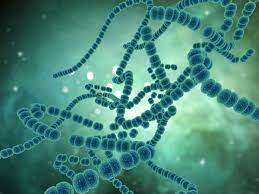ciTRAN : Circular RNA

Researchers from the Indian Institute of Science Education and Research Bhopal (IISER Bhopal) identified a specific circular RNA (circRNA) called ‘ciTRAN’, which plays a crucial role in the multiplication of the AIDS-causing HIV-1 virus within the human body.
- Ribonucleic acid is a molecule in living cells that carries genetic information and helps in the production of proteins.
- RNAs are in general straight-chain, free-end structures but these circular RNA (‘circRNA’ ) forms a closed-loop.
- The circRNA plays a pivotal role in regulating gene expression and is essential for various biological processes.
- Its role in HIV-1 replication has remained unclear for a long time.
- Characterizing circular RNA can be tricky because it usually is less abundant, making it further challenging to detect in the native form.
- During viral infections, there’s so much information from the virus that it can make it hard to find the less common ones like circular RNA.
- The researchers developed a novel approach called ‘circDR-Seq’, to successfully capture circRNAs from T-cells (white blood cells) infected with the HIV-1 virus and identified a specific circRNA named ciTRAN, which plays an important role in the multiplication of the virus.
- HIV-1 viral protein R (VpR) is a multifunctional protein that plays specific roles at multiple stages of the HIV-1 viral life cycle and affects anti-HIV functions of the immune cells.
- Further found that HIV-1 infection induces ciTRAN expression in a Vpr-dependent manner and that ciTRAN interacts with serine/arginine-rich splicing factor 1 (SRSF1), a protein known to repress HIV-1 transcription,”




